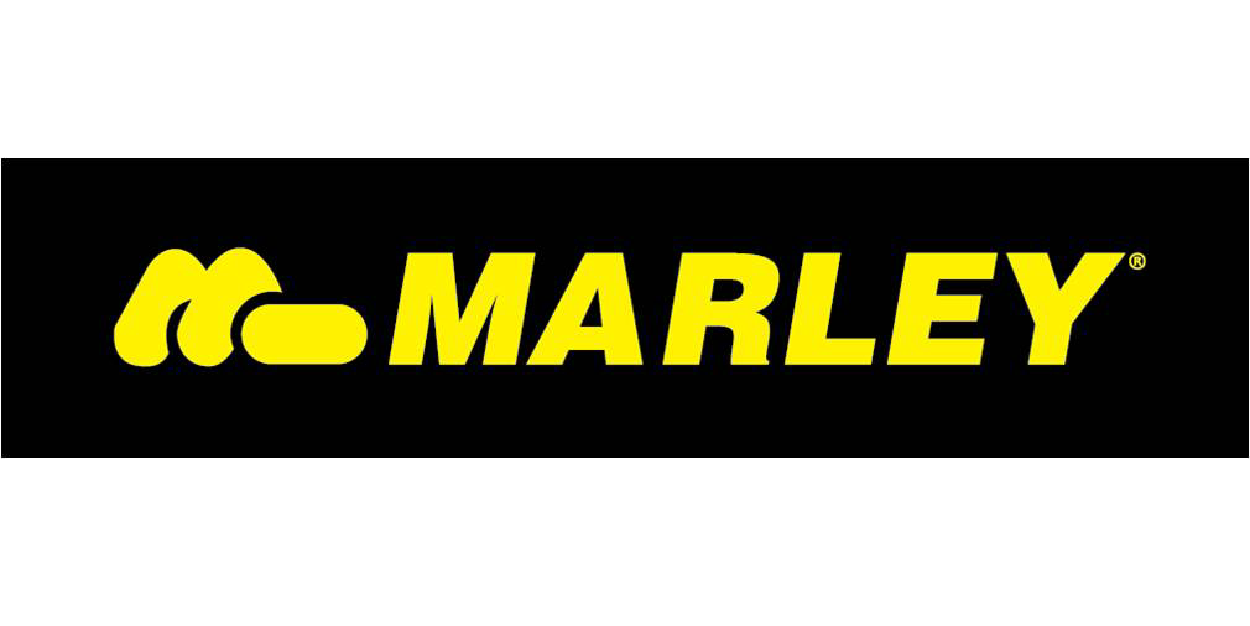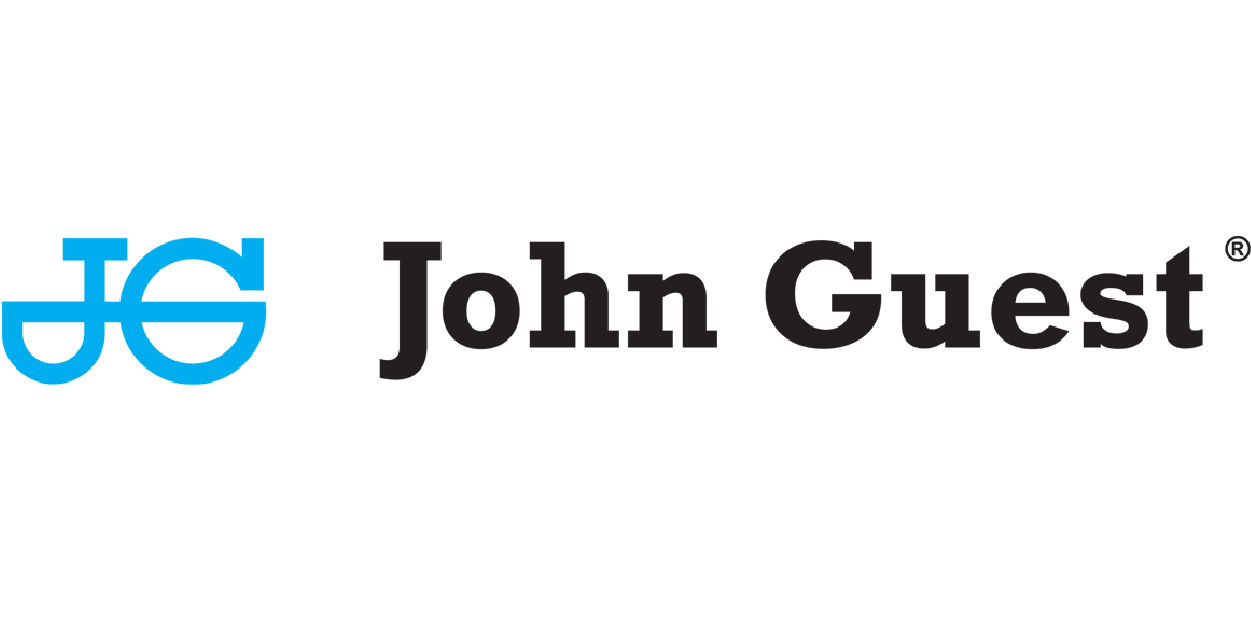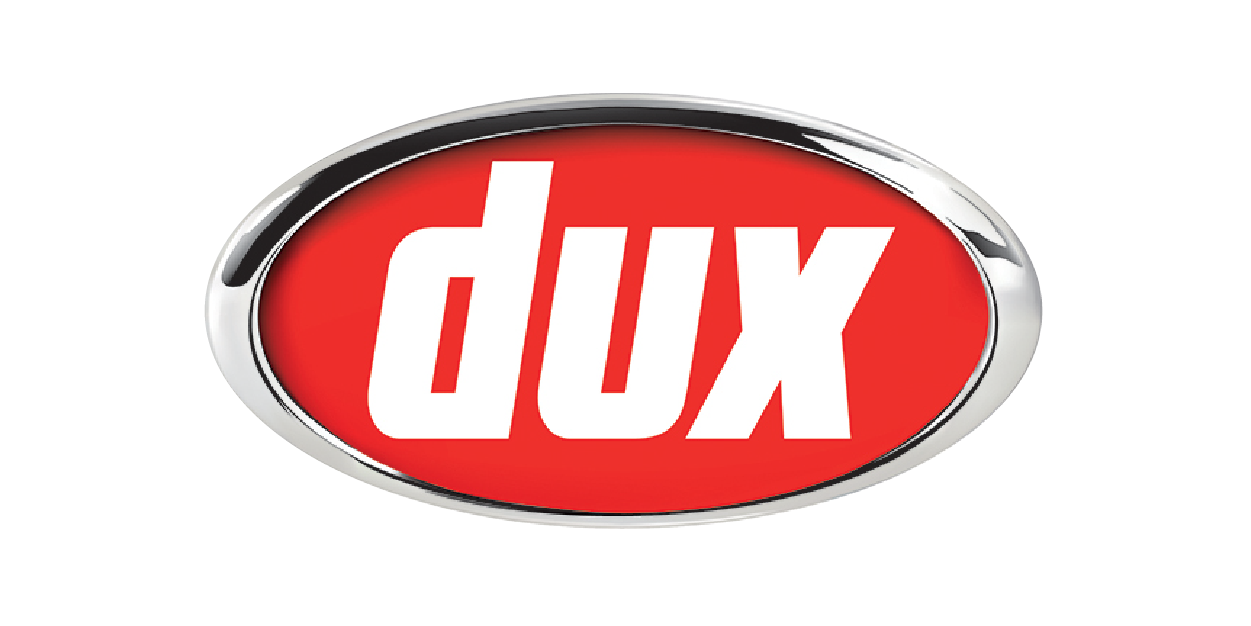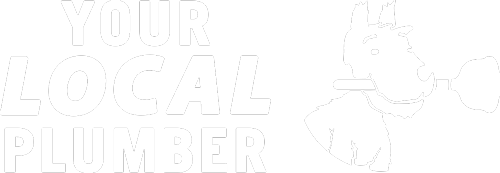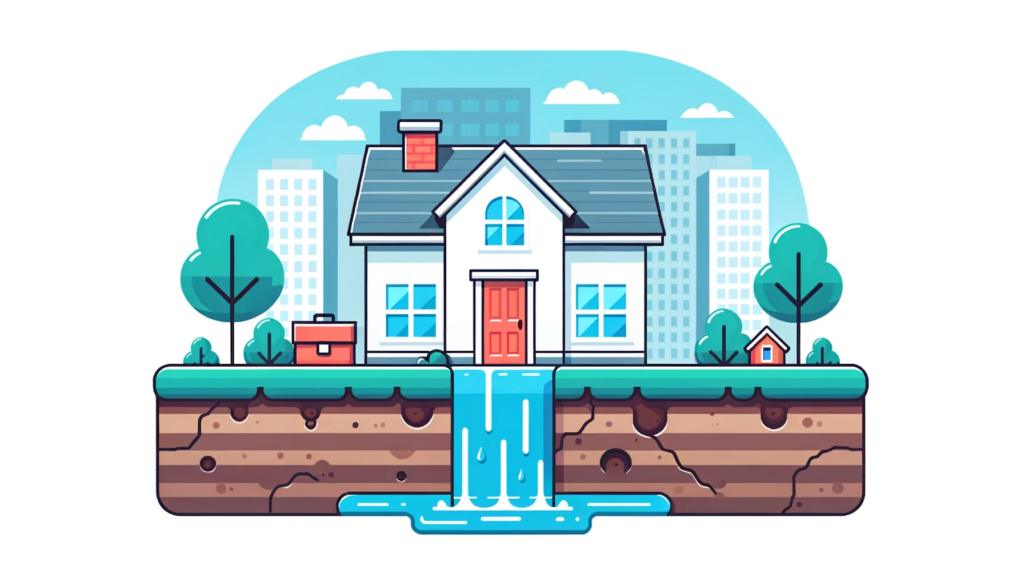
Call Today 09 973 4973 or
Understanding Carbon Monoxide Risks
In New Zealand, where gas heating and cooking appliances are common, the risk of carbon monoxide exposure is present in many homes and businesses. Improperly installed, poorly maintained, or malfunctioning gas appliances are primary sources of CO. Additionally, inadequate ventilation in areas where gas is burned can exacerbate the risk, allowing carbon monoxide to accumulate to hazardous levels.
Detection of Carbon Monoxide
The first line of defence against carbon monoxide poisoning is the installation of CO detectors. These devices are designed to measure the concentration of carbon monoxide in the air and alert occupants with an audible alarm if dangerous levels are detected. For comprehensive protection, it’s recommended that CO detectors be installed:
- Near sleeping areas in homes to ensure that alarms will wake occupants.
- In or near every room that contains a gas appliance in both residential and commercial properties.
- At every level of a home or building, including basements and attics, to ensure complete coverage.
It’s essential to regularly test CO detectors and replace batteries annually or as recommended by the manufacturer. Detectors themselves should be replaced according to the manufacturer’s guidelines, typically every 5 to 7 years.
Preventative Safety Measures
To mitigate the risk of carbon monoxide poisoning, several preventative measures should be taken:
- Regular Appliance Servicing: All gas appliances should be serviced and inspected annually by a licensed gasfitter. This ensures they are operating correctly and efficiently, minimising the risk of CO production.
- Ventilation: Ensure that rooms with gas appliances are well-ventilated. Never block vents or flues, and consider installing an extractor fan in areas where gas is regularly used.
- Safe Appliance Use: Follow the manufacturer’s instructions for all gas appliances. Never use outdoor gas appliances, such as barbecues, inside the home.
- Awareness and Education: Educate all household members or employees about the dangers of carbon monoxide and the importance of evacuation if the CO alarm sounds.
Responding to Carbon Monoxide Alarms
If a CO detector alarms, immediate action is required:
- Evacuate: Promptly evacuate the building, ensuring all occupants are accounted for.
- Call for Help: Once outside and at a safe distance, contact emergency services or a licensed gasfitter to investigate the source of the carbon monoxide.
- Do Not Re-enter: Avoid re-entering the building until it has been cleared by professionals.
- Seek Medical Attention: If anyone exhibits symptoms of CO poisoning, such as headaches, dizziness, or nausea, seek medical attention immediately.
Continued Vigilance
Continued vigilance and adherence to safety practices are essential for preventing carbon monoxide poisoning. Regular maintenance of gas appliances, proper installation and testing of CO detectors, and awareness of the risks can help protect New Zealand families and workers from this invisible threat.
Guidelines for CO Detector Placement and Maintenance
- Placement: Install CO detectors at least one metre away from gas-powered appliances to avoid false alarms and ensure accurate readings. Place detectors at breathing level or according to the manufacturer’s instructions, and consider placing additional detectors in areas where people spend significant amounts of time, such as living rooms and offices.
- Maintenance: Test CO detectors monthly by pressing the test button, and replace batteries at least once a year or as soon as the low-battery signal sounds. Be mindful of the detector’s end-of-life warning, usually a chirping sound, indicating it’s time to replace the device. Keep detectors free from dust and debris by gently vacuuming the exterior.
Advanced Preventative Practices
- Professional Audits: Beyond regular servicing, consider having a comprehensive gas safety audit conducted by a certified professional. These audits can assess the entire gas system, including appliances, piping, and ventilation, to identify potential risks or inefficiencies that could lead to CO exposure.
- Educational Programs: Implement educational programs for all building occupants, focusing on CO safety, symptoms of poisoning, and emergency procedures. This is particularly important in workplaces and schools, where individuals may be less familiar with the specific risks and responses related to carbon monoxide.
- Ventilation Checks: Regularly check that all vents and flues are unobstructed and functioning correctly. In commercial settings, ensure that ventilation systems are designed to meet the demands of the space, particularly in areas with high gas usage.
Responding to Suspected CO Exposure
- Immediate Action: If carbon monoxide poisoning is suspected due to symptoms or a detector alarm, evacuate the area immediately. Do not attempt to ventilate or investigate the source of CO on your own.
- Emergency Services: After evacuating, call New Zealand’s emergency services or a licensed gasfitter from a safe location. Do not re-enter the premises until it has been declared safe.
- Medical Attention: Seek immediate medical attention if anyone shows symptoms of CO poisoning, even if they subside after leaving the affected area. Inform medical personnel that CO exposure is suspected, as this will direct the course of treatment.
Legal and Compliance Aspects
In New Zealand, landlords, employers, and owners of public spaces have legal obligations under the Health and Safety at Work Act 2015 to manage risks and provide safe environments, which include mitigating the risks of carbon monoxide. Compliance with these regulations not only ensures the safety of occupants but also protects property owners and managers from potential liability.
Suppliers
